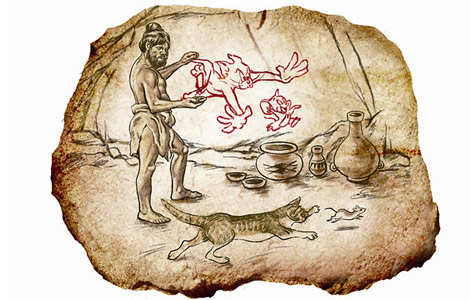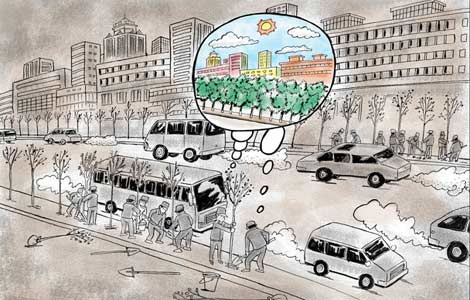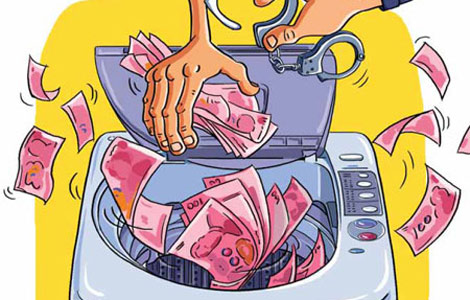Polluted farmland restored for food safety
Updated: 2014-01-23 15:33
(English.news.cn)
|
|||||||||||
The polluted areas account for about 2 percent of total arable land which stands at some 2 billion mu.
Every year, some 12 million tonnes of grain are polluted by heavy metals in the country, according to the Environmental Protection Ministry.
China ranks first globally in total fertilizer use, and use of chemical pesticides is much higher than the world average. With a population of 1.3 billion, China has a great interest in food security and safety.
Grain output was a record high at over 600 million tonnes last year. Around 90 percent of the grain was rice, wheat and corn. However, agricultural development cannot be at a cost to the interests of future generations, said Zheng.
On the one hand, supplies of agricultural produce must be guaranteed. On the other, the quality of agricultural products should also be ensured, according to Zheng.
In the past few years, a number of heavy metal contamination incidents have been reported across China. In May last year, excessive amounts of cadmium, a carcinogen, was detected in rice products in southern Guangzhou city. Most of the toxic rice came from central Hunan Province.
Due to lax supervision and poor management, river pollution by industrial waste is common. In some rural areas, farmers irrigate their crops with water polluted by untreated waste discharged from plants. The treatment of seriously polluted land needs a lot of time, investment and technology.
China invested 9.7 billion yuan (1.6 billion U.S. dollars) in the past three years to tackle heavy metal pollution and closed more than 1,000 factories, Wu Xiaoqing, vice minister of environmental protection, said in March last year.
Some traditional farming methods, such as the use of organic fertilizers, can be promoted for sustainable development, said Zhang Hongsong, an agricultural expert in Chongqing.
Agricultural production standards in use of fertilizers and farming models can also be imposed for rehabilitation of land. The areas of farmland in need of rehabilitation occupy just a tiny part of the total arable land, and will not affect output or prices, said Zheng.
Related Stories
Carrefour boosts food safety efforts in China 2014-01-22 22:47
No modification of China's GM food regime 2014-01-22 17:35
Three dead, 13 hospitalized in China food poisoning 2014-01-22 15:59
Misconceptions about foreign food 2014-01-21 14:11
Toward food secure China 2014-01-21 07:58
Today's Top News
Xi urges leading group to push reforms
Boeing delivers record number of planes to China
Li calls for cooperative global economic system
China to keep up with transgenics
Big rise in Chinese overseas
Police welcome microblog tip-offs
China OKs 12 more free trade zones
Man, 36, executed for rape, murder of sex slaves
Hot Topics
Lunar probe , China growth forecasts, Emission rules get tougher, China seen through 'colored lens', International board,
Editor's Picks

|

|

|

|

|

|





